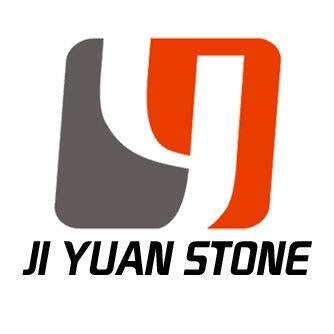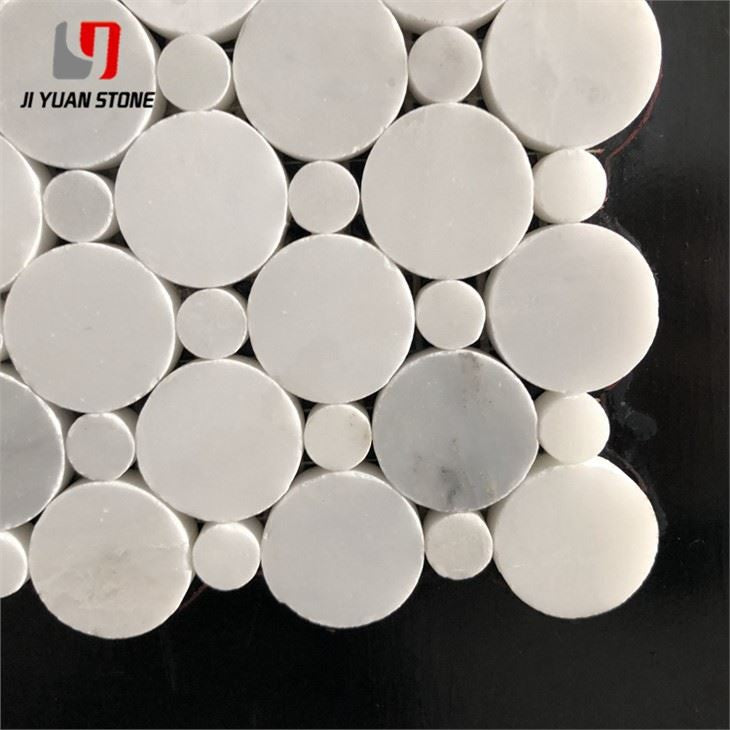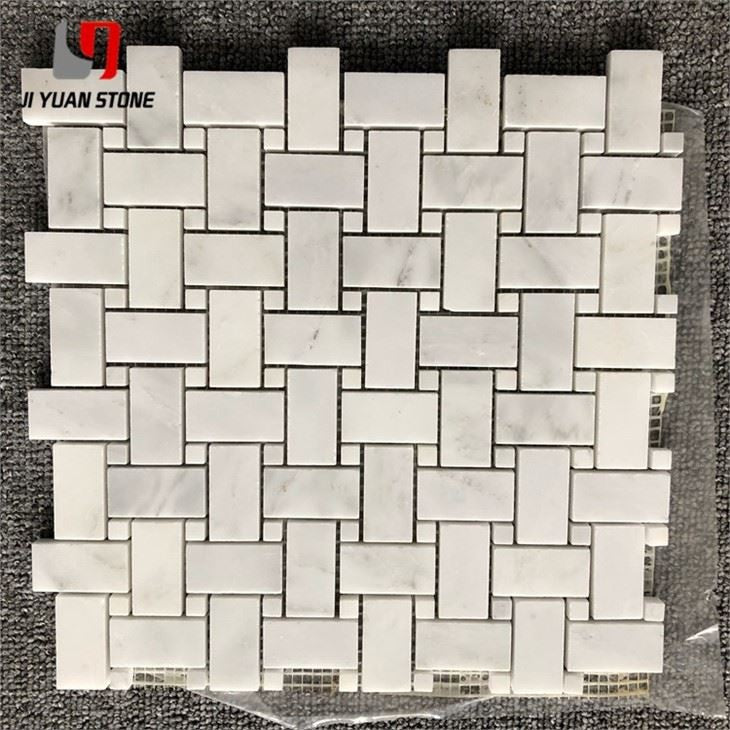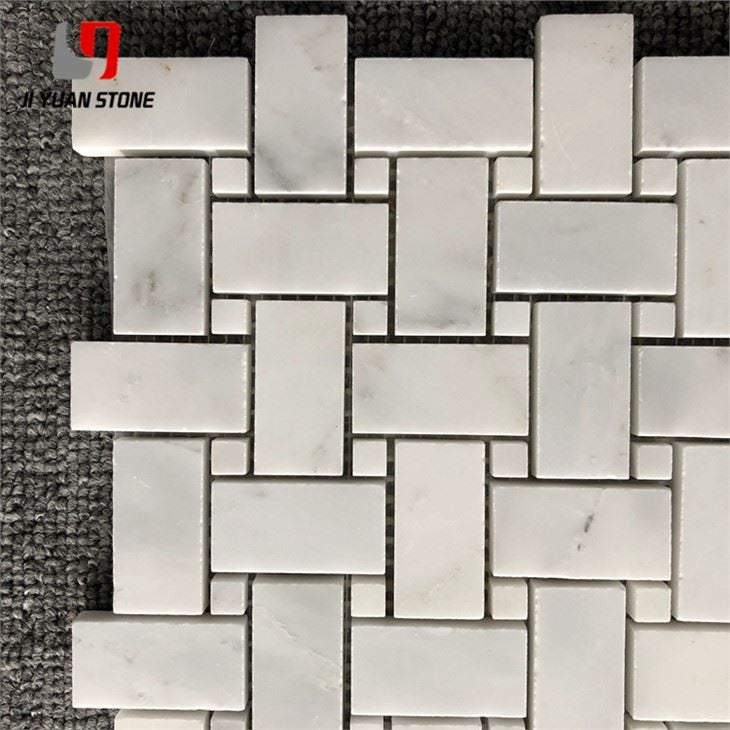Mosaic Arabesque Tile is a versatile natural marble mosaic known for its elegance, durability, and intricate geometric pattern. Ideal for walls, backsplashes, and decorative accents, it enhances both modern and classic interior and exterior designs.
Salt-Alkali Spots and Back Alkali in Mosaic Arabesque Tiles
Causes of Salt-Alkali Spots
1 . Coastal Areas:
- Sea breeze carries mist toward the shore.
- Sea salt (sodium chloride) settles on mosaic arabesque tile surfaces, forming white salt-alkali spots over time.
2 . Seasonal Salt-Alkali Spots:
- During rainy seasons in humid regions, tiles absorb moisture.
- Even marble mosaics that normally resist alkali may develop alkali stains under these conditions.
Three Necessary Conditions for Back Alkali Formation
For back alkali to occur, three factors must be present:
1 . Soluble salt-alkali components (from the tile or external sources).
2 . Moisture, which dissolves salts and carries them to the surface.
3 . Channels (pores or cracks) allowing moisture to transport salts.
Solutions to Prevent Back Alkali in Marble Mosaic Tiles
1 . Selecting the Right Protective Agent:
- Use a protective agent suitable for the marble type.
- For lime metamorphic rock tiles, ensure anti-alkali properties.
2 . Protecting Wet-Pasted Marble Mosaic:
- Properly protect the bottom surface.
- Apply waterproofing even with waterproof adhesive.
- Seal on-site cut edges with a waterproofing agent.
3 . Choosing the Right Protective Agent for Carbonate Marble:
- Avoid strong alkaline agents for loose carbonate marble.
- Use weak alkaline, water-soluble, environmentally friendly protective agents.
- Wipe off any alkali mist promptly during installation.
4 . Ensuring Tiles Are Clean and Dry:
- Thoroughly clean the tiles before protection.
- Ensure tiles are dry (store at room temperature for at least 4 days after cutting).
- Remove residual moisture to maximize protection effectiveness.
5 . Applying Protective Agents Evenly:
- Apply protective agents evenly and thoroughly.
- Adjust dosage based on tile water absorption for best results.
Mosaic Arabesque Tile combines luxurious aesthetics with practical anti-alkali protection, ensuring long-lasting beauty for interior and exterior applications. Proper selection, installation, and maintenance help maintain pristine, elegant marble surfaces for years to come.













